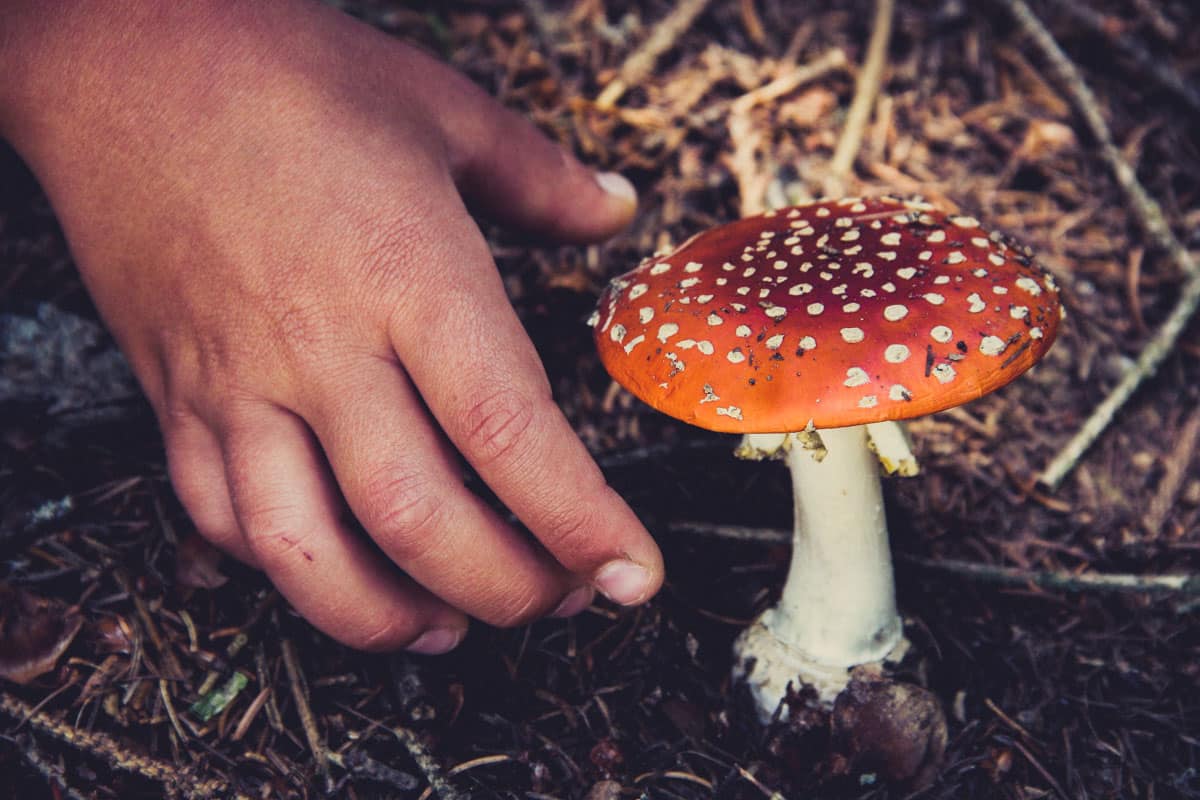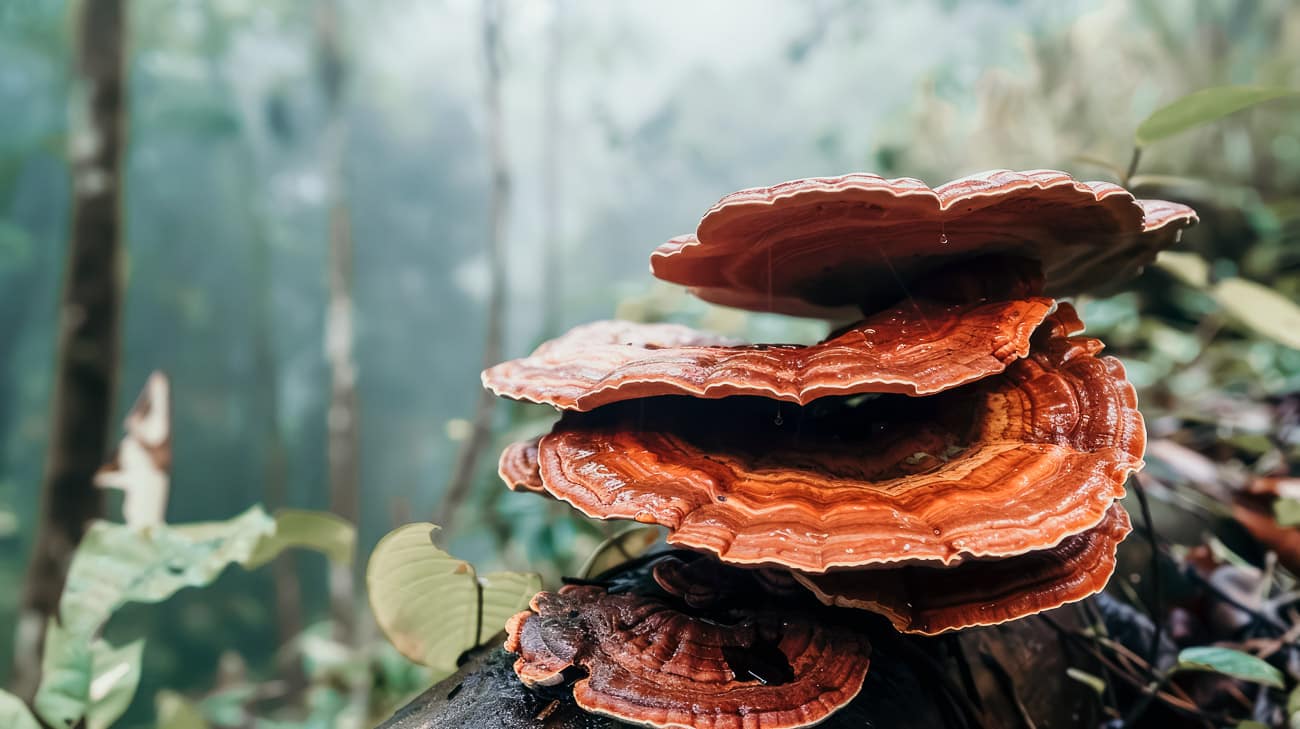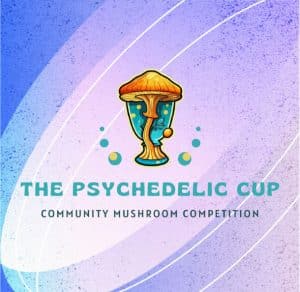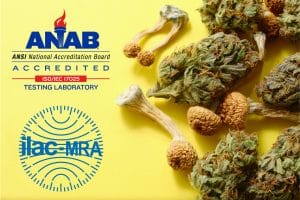Quick overview: Amanita muscaria
Amanita mushrooms are fascinating fungi that have been revered in traditional medicine for centuries. One of the most famous species is the fly agaric (Amantia muscaria), recognizable by its bright red cap and white spots.
What sets amanitas apart from other mushrooms is their psychoactive properties, which have been used in shamanistic rituals across the globe. These mushrooms contain a variety of medicinal compounds, including ergot alkaloids, which have shown promise in treating migraines and reducing inflammation.
While their psychoactive effects should be approached with caution, the medicinal properties of amanita mushrooms make them a promising avenue for further research.
Types of Amanita mushrooms
In North America, there are several different types of Amanita mushrooms that have been the subject of fascination among foragers and mycologists alike.
One of the most well-known is the Amanita muscaria, a brightly colored and toxic mushroom that has been used in traditional medicine and shamanic rituals for centuries. Although it is poisonous, the Amanita muscaria has a storied history of use in literature and popular culture, and its distinct appearance and effects have made it a subject of fascination among many.
Other types of Amanita mushrooms, such as the Amanita gemmata and Amanita pantherina, have their own unique characteristics and uses.
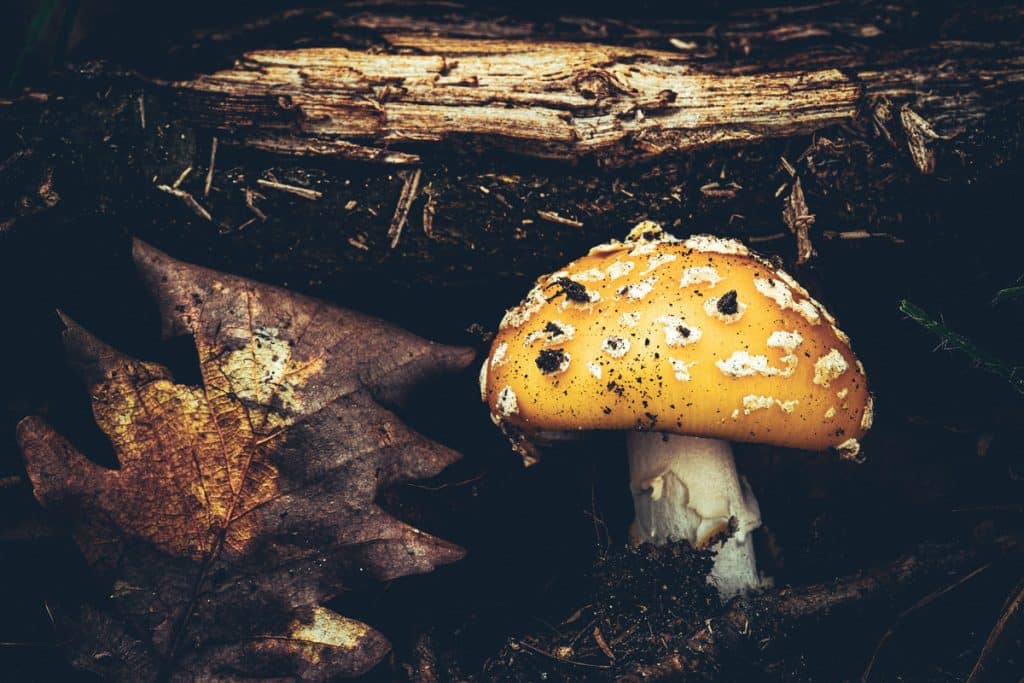
Whether you are a seasoned mycophile or simply intrigued by the strange and varied world of fungi, Amanita mushrooms are an endlessly fascinating subject to explore.
The health benefits and concerns of consuming Amanita mushrooms
When it comes to Amanita mushrooms, there is a lot to consider. On one hand, these mushrooms have been used for their medicinal properties for centuries, with studies showing they can boost the immune system and relieve migraines.
However, there are also significant concerns around their side effects, which can be severe and potentially life-threatening. In particular, Amanita mushrooms can have a significant impact on the central nervous system, leading to symptoms like dizziness, confusion, and even coma.
Ultimately, while Amanita mushrooms may offer health benefits in moderation, it’s important to approach them with caution and always seek professional guidance before consuming them.
Common Dosage Amounts for Amanita Mushrooms
It’s essential to keep in mind that Amanita mushrooms contain toxins that can be fatal if not taken in the correct amounts. As such, it’s critical to practice caution when using these powerful fungi.
The recommended dose for these fungi typically ranges between 1-3 grams of dry mushroom to achieve a mild to moderate effect. However, for those seeking a more intense experience, a high dose of anywhere from 10-15 grams may be consumed. Although, the potency of each mushroom can vary greatly so these guidelines are a bit lacking without laboratory analysis.
Other considerations when determining if and how much Amanita muscaria to take boils down to the active ingredients found in the mushroom.
These mushrooms contain a unique compound called ibotenic acid, which breaks down into muscimol after consumption or through other processes (decarboxylation). When ingested, muscimol interacts with GABA receptors in the brain, producing a range of effects from relaxation and euphoria to hallucinations and potentially dangerous delirium.
Fortunately, the quantitative analysis of both ibotenic acid and muscimol is available to ensure proper and educated dosage.
Although these mushrooms can be toxic when consumed, they have also been studied for their potential medicinal benefits, particularly in the treatment of anxiety and addiction. While the use of amanita mushrooms should always be approached with caution, their unique chemical makeup and psychoactive effects make them an intriguing subject for both scientific research and historical understanding.
Factors to consider when determining dosages of ibotenic acid and muscimol
When it comes to determining the appropriate dosage amounts for ibotenic acid and muscimol, there are several key factors that must be taken into consideration. One of the most important factors is the individual’s weight, as this can greatly affect how the drug is metabolized and ultimately, how it impacts the body.
Other factors to consider include any underlying medical conditions or medications that the individual may be taking, as these can also impact how the drugs are processed by the body. Additionally, the individual’s prior experience with psychedelics or other mind-altering substances will also need to be taken into account, as this can influence their tolerance and their ability to handle different dosages.
Overall, finding the right dosage amounts for ibotenic acid and muscimol requires careful consideration of a range of factors, and should always be done under the supervision of a medical professional.
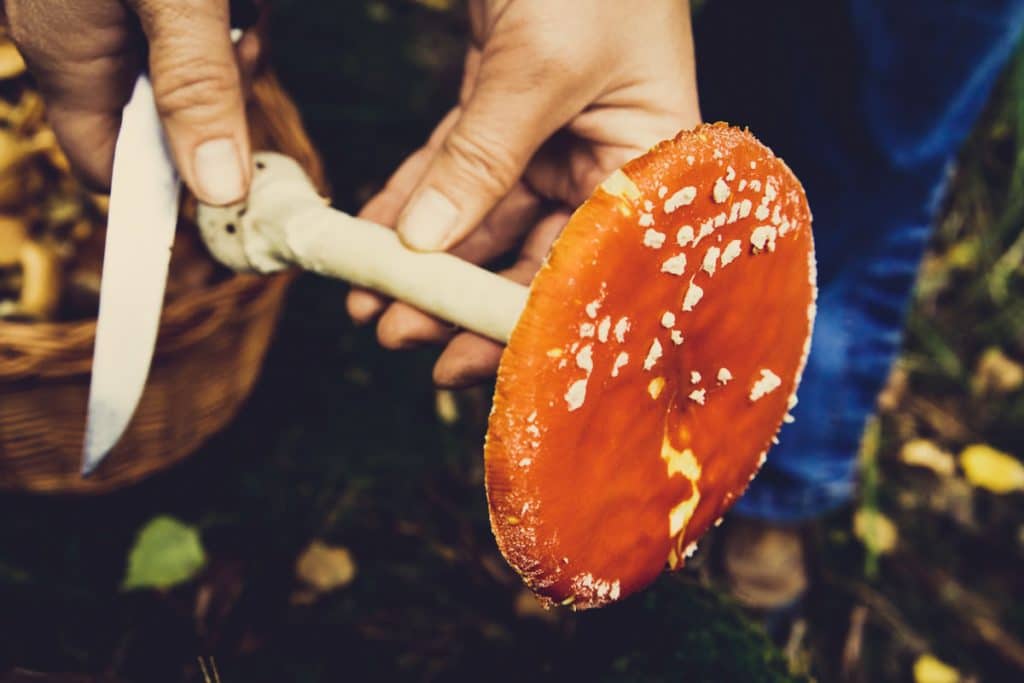
Precautions to take when consuming Amanita mushrooms
Mushroom picking can be an exciting adventure, but it comes with some very real risks. Amanita mushrooms, in particular, should be handled with care as they can be deadly if not consumed properly. Before picking and consuming any mushroom, it’s important to research and identify the different types to avoid mistaking poisonous varieties for safe ones. Additionally, it’s wise to receive guidance from an expert mycologist or a trusted resource before consuming any mushroom that you may be unfamiliar with.
When it comes to Amanita mushrooms specifically, it’s essential to avoid consuming them raw, even if they have been boiled or fried. This is because cooking doesn’t always eliminate the toxins in Amanita mushrooms.
It’s best to take precautions, err on the side of caution, and if any symptoms of sickness occur after consumption, seek medical attention immediately.
- Winkelman, M. J. (2022). Amanita muscaria: Fly Agaric History, mythology and pharmacology. Journal of Psychedelic Studies, 6(1), 1–4. https://doi.org/10.1556/2054.2022.00216.
- Stebelska, Katarzyna PhD. Fungal Hallucinogens Psilocin, Ibotenic Acid, and Muscimol: Analytical Methods and Biologic Activities. Therapeutic Drug Monitoring 35(4):p 420-442, August 2013. https://www.doi.org/10.1097/FTD.0b013e31828741a5.
